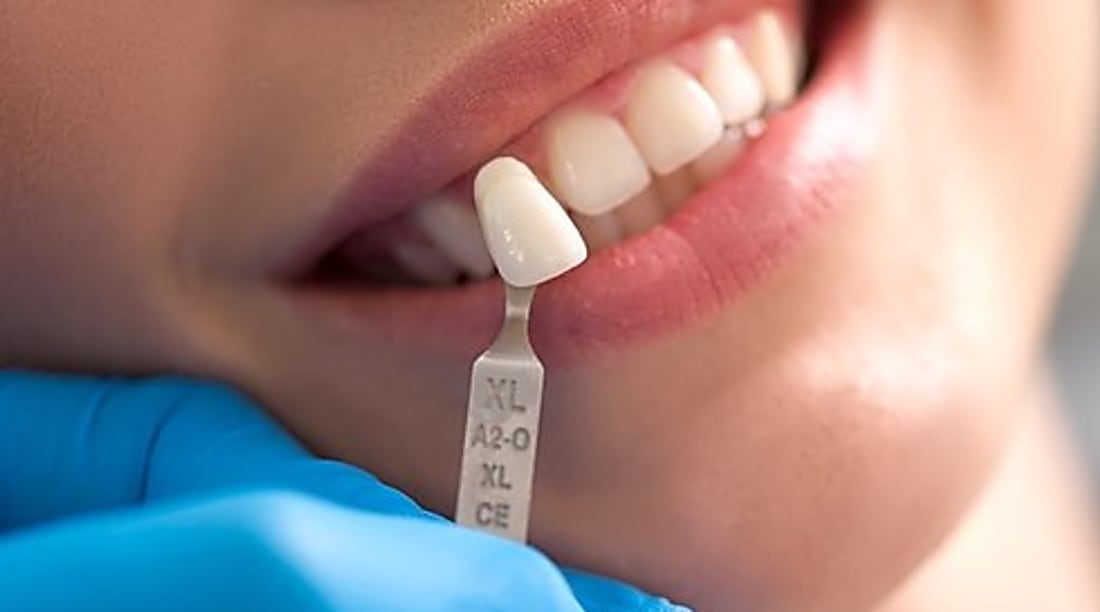Permanent Tooth Replacement: Your Dental Implant Guide
Explore how dental implants provide a durable, natural-feeling solution for missing teeth. This in-depth guide breaks down osseointegration, the step-by-step implant process, candidate qualifications, typical costs, and long-term care tips. Learn what to expect before, during, and after treatment so you can confidently compare implants, bridges, and dentures while understanding budget and maintenance considerations.

Permanent Tooth Replacement: Your Dental Implant Guide
Why pick dental implants
Dental implants offer a long-lasting, functional alternative to traditional tooth replacement options. Instead of resting on the gums like dentures or relying on neighboring teeth like bridges, implants rely on titanium posts implanted into the jawbone to recreate a tooth root. Through osseointegration, bone tissue grows tightly around the implant, creating a stable anchor for crowns, bridges, or implant-supported dentures. This stability restores chewing ability and speech, helps maintain facial structure by preventing bone loss, and usually feels more natural than removable prostheses. With consistent home care and periodic professional checks, many implants deliver reliable service for decades.
The treatment process and timeline
Getting implants is typically staged to promote healing and predictable results. It starts with a detailed evaluation including medical and dental history, oral exam, and imaging such as panoramic X-rays or CBCT scans to assess bone volume and locate nerves and sinuses. If sufficient bone exists, the clinician places the titanium implant into the jaw beneath the gum tissue during a minor surgical procedure.
After placement, a healing interval of several weeks to a few months follows so osseointegration can occur. During this phase the jawbone remodels and bonds to the implant surface, creating the primary stability needed for a lasting restoration. Depending on the case and the clinician’s approach, some patients may receive a temporary crown while healing continues.
Once integration is confirmed, the implant is exposed (or a one-stage implant already has a healing abutment in place) and an abutment is attached to support the final prosthetic. Impressions are taken and a lab fabricates the definitive crown, bridge, or denture which is then secured. In more complex cases where bone is insufficient, preparatory procedures such as bone grafting or sinus lifts are performed; these add time but improve the prognosis for a successful implant.
Who makes a good candidate
Strong candidates typically have healthy gums, adequate jawbone, and the willingness to maintain oral hygiene. There’s no strict upper age limit, but implants are generally not placed in children until jaw growth is complete. Several health factors can affect healing: uncontrolled diabetes, certain autoimmune conditions, chemotherapy, and heavy tobacco use can increase risk and may require management or delay of treatment. A comprehensive clinical exam and review of medical history, along with imaging, help dental teams determine suitability and design any necessary preparatory steps.
Costs and treatment options
Below is a general pricing overview. Actual fees vary by provider, geographic region, chosen materials, and whether additional procedures like grafting are necessary. Many practices provide financing or phased treatment plans to spread payments.
| Treatment Option | Typical Price Range | Insurance Coverage |
|---|---|---|
| Single implant (implant, abutment, crown) | $3,000 - $4,500 | Partial coverage possible |
| Multiple implants (for several missing teeth) | $6,000 - $10,000+ | Varies by plan |
| Full-arch replacement (implant-supported denture or fixed bridge) | $20,000 - $45,000+ | Limited coverage |
Prices are estimates and may change; verify costs with your provider and insurer before proceeding.
When budgeting, remember quoted prices often cover the implant, abutment, and final restoration but may exclude diagnostic imaging, temporary restorations, grafting, or follow-up visits. Discuss all components of the estimate and ask about warranties, expected maintenance, and available payment plans.
Long-term care and maintenance
Implant materials cannot decay like teeth, but the surrounding gum tissue and bone remain vulnerable to inflammation. Daily brushing and interdental cleaning around implant restorations are essential — many dentists recommend interdental brushes, floss designed for implants, or water flossers depending on the prosthetic design. Routine dental visits let professionals remove hard deposits, monitor soft tissue health, assess prosthetic fit, and detect early signs of complications such as peri-implant mucositis or peri-implantitis.
Promptly addressing issues like loosened screws, wear of prosthetic teeth, persistent inflammation, or changes in bite reduces the likelihood of major repairs. Lifestyle factors that impair healing, such as smoking, should be discussed and modified when possible to support implant longevity.
Weighing the decision
Choosing implants involves medical, functional, aesthetic, and financial considerations. A consultation with a qualified dental professional will outline alternatives like fixed bridges or removable dentures, review diagnostic images, and produce a personalized treatment plan detailing timeline, expected outcomes, risks, and costs. Implants are often the preferred option when preserving adjacent teeth and preventing jawbone resorption are priorities and when patients want a secure, long-lasting restoration.
This article is for informational purposes only and should not be considered medical advice. Please consult a qualified healthcare professional for personalized guidance and treatment.






